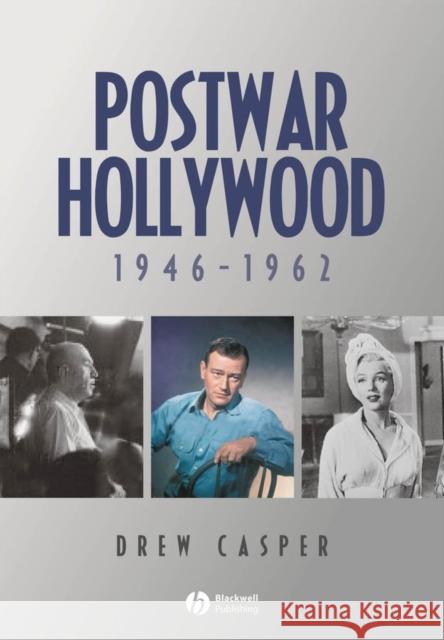Postwar Hollywood: 1946-1962 » książka
topmenu
Postwar Hollywood: 1946-1962
ISBN-13: 9781405150743 / Angielski / Twarda / 2007 / 488 str.
Postwar Hollywood is a comprehensive history of the American film industry, from 1946-1962.
- A comprehensive introductory textbook exploring the unique period in the history of the film industry after World War II
- Examines the cultural history, business practices, new technologies, censorship standards, emerging genres, and styles of post-war cinema
- Chronicles the restructuring of Hollywood cinema against the backdrop of the major political, economic, and social changes taking place after World War II
- Features in-depth discussions of important films from Picnic, The Heiress, and From Here to Eternity, to Cat On A Hot Tin Roof and Love Me or Leave Me
- Illustrates the culture/filmmaking interface, and demonstrates the triumphs and failures of Hollywood's new methods of business











